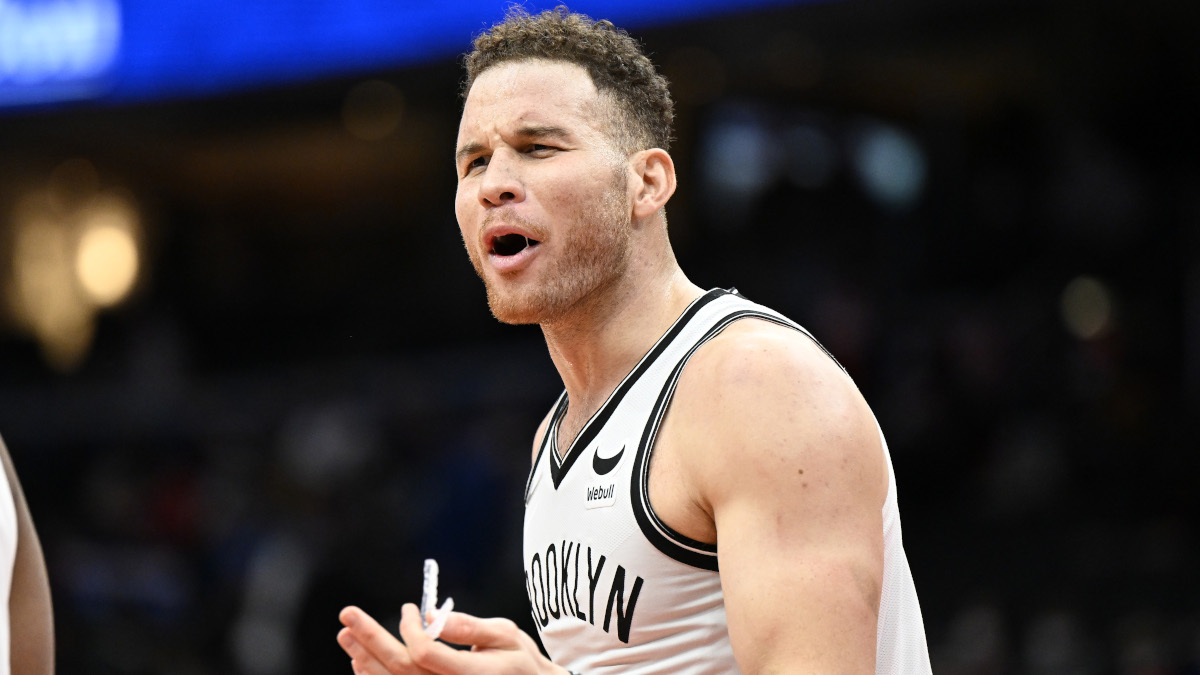NBA
NBA Buyout Market Explained: The Dos and Don’ts Heading Toward March 1

With the trade deadline in the books, the focus turns to the NBA buyout market. Nearly every year after the deadline, NBA players enter the free agency market by having their contracts bought out. Often, those players are veterans just acquired via trades at the deadline.
The process is straightforward; teams and players agree to the buyout terms and go on waivers. Once the player clears waivers 48 hours later, he is free to resume his career with the team of his choice.
An example of this was the Brooklyn Nets adding aging stars Blake Griffin and LaMarcus Aldridge last season. The Los Angeles Lakers did the same by signing Andre Drummond. However, general managers successfully navigated loopholes in the past. So the NBA instituted some restrictions on what teams are not eligible to sign bought-out players.
NBA buyout market restrictions began in 2005

When the league and the National Basketball Players Association negotiated an updated collective bargaining agreement in 2005, it included a significant change regarding the NBA buyout market.
At the trade deadline in February 2005, the Boston Celtics traded three players and the Lakers 2006 1st-round pick to the Atlanta Hawks to bring Antoine Walker back to New England. One of those players was future Hall of Famer Gary Payton.
But the rebuilding Hawks had no intention of keeping the 36-year-old. Instead, Atlanta bought out the remainder of his expiring contract. Payton was in the second year of the two-year, $10.3 million deal he signed with the Lakers in 2003.
After Payton cleared waivers, he returned to Boston for a prorated veteran’s minimum contract for $310,588. He missed two games before returning to his starting role as point guard for the third-seeded Celtics, who lost to the Indiana Pacers in a seven-game first-round series.
According to Marc Stein of ESPN, the NBA closed the loophole in the new CBA. A player couldn’t return to the team that traded him for 30 days.
If a player spends time with another team, he must join a new squad before March 1 to be eligible for the playoffs. Informally known as the Gary Payton Rule, the policy closed the loophole.
Or so the NBA thought.
The Cleveland Cavaliers worked around the Gary Payton rule in 2010

In 2010, the Cleveland Cavaliers worked out a three-team trade to get LeBron James some help for the stretch run.
Veteran center Zydrunas Ilgauskas moved to the Washington Wizards in the trade. Cleveland acquired former All-Star Antawn Jamison from the Wizards and got Sebastian Telfair from the Los Angeles Clippers.
Washington bought Ilgauskas out on Feb. 26, and 30 days later, the Lithuanian re-signed with the Cavs. The NBA told The Associated Press it would intercede to stop such an NBA buyout market move only if it found proof the Cavaliers and Wizards made a back-room agreement as part of the trade.
Not long after the kerfuffle, the rule involving waived players returning to the team that traded them changed again.
The current rule is unchanged since the Ilgauskas situation: A player is ineligible to return to the team that traded him for one year or until July 1 of the year his bought-out contract expired.
However, if the player is traded again before being bought out, that restriction only applies to the team that traded him last. A situation came up in 2017 that brought that particular provision to light.
The Golden State Warriors traded Andrew Bogut to the Dallas Mavericks to make room for Kevin Durant as a free agent. In February 2017, Dallas shipped the big Australian to the Philadelphia 76ers, who bought him out.
Many believed the Warriors couldn’t bring back Bogut. However, since the Mavericks traded him immediately before the buyout, the first overall pick in 2005 was eligible to return to Golden State.
He eventually signed with Cleveland, making the entire discussion moot.
How the NBA buyout market works

Because of the Jan. 10 contract guarantee date, any player waived after that date gets his full salary. The team and player agree to compensation in a buyout, and the player hits waivers.
When that player signs with a new team, the prorated salary comes off the amount owed by the team that released him.
It’s why the Nets were able to dip into the NBA buyout market to sign Griffin and Aldridge at rock-bottom prices. The Pistons and Spurs, respectively, were responsible for the bulk of the remaining salaries, and Brooklyn only paid the prorated minimum for the rest of the season.
For players on expiring contracts, it’s a simple process. The team eats the agreed-upon amount of the buyout, and everyone goes their merry way. If an additional year or years remain on the contract, teams use the stretch provision. That spreads the remaining money over the next five seasons for salary-cap purposes.
There are contingencies there, as well. A team can’t have more than 15% of the salary cap allocated to stretched contracts, per Larry Coon’s NBA Salary Cap FAQ.
Rumors about players hitting the NBA buyout market are already circulating. But as the advertisements always say in the fine print, some restrictions may apply.
Statistics courtesy of Basketball Reference. Contract information courtesy of Spotrac.











